2. Angermann A, Bauer R, Nossek G, Zimmermann N. Injuries in the European Union: Statistics Summary 2003–2005. Wien: Austrian Road Safety Board;2007.
3. Lord SR, Ward JA, Williams P, Anstey KJ. Physiological factors associated with falls in older community-dwelling women. J Am Geriatr Soc. 1994; 42(10):1110–1117. PMID:
7930338.


4. Tinetti ME, Kumar C. The patient who falls: “It's always a trade-off”. JAMA. 2010; 303(3):258–266. PMID:
20085954.
5. Rubenstein LZ. Falls in older people: epidemiology, risk factors and strategies for prevention. Age Ageing. 2006; 35(Suppl 2):ii37–41. PMID:
16926202.

6. Division of Health Promotion and Disease Prevention, Institute of Medicine (US). Berg RL, Cassells JS. Falls in older persons: risk factors and prevention. The Second Fifty Years: Promoting Health and Preventing Disability. Washington, D.C.: National Academies Press (US);1992. p. 263–290.
7. Ambrose AF, Paul G, Hausdorff JM. Risk factors for falls among older adults: a review of the literature. Maturitas. 2013; 75(1):51–61. PMID:
23523272.


8. Choi NG, Choi BY, DiNitto DM, Marti CN, Kunik ME. Fall-related emergency department visits and hospitalizations among community-dwelling older adults: examination of health problems and injury characteristics. BMC Geriatr. 2019; 19(1):303. PMID:
31711437.



9. Wadhwaniya S, Alonge O, Ul Baset MK, Chowdhury S, Bhuiyan AA, Hyder AA. Epidemiology of fall injury in rural Bangladesh. Int J Environ Res Public Health. 2017; 14(8):900.


10. Harris VA, Rochette LM, Smith GA. Pediatric injuries attributable to falls from windows in the United States in 1990-2008. Pediatrics. 2011; 128(3):455–462. PMID:
21859909.


11. Zielinski AE, Rochette LM, Smith GA. Stair-related injuries to young children treated in US emergency departments, 1999-2008. Pediatrics. 2012; 129(4):721–727. PMID:
22412031.


12. Kendrick D, Maula A, Reading R, Hindmarch P, Coupland C, Watson M, et al. Risk and protective factors for falls from furniture in young children: multicenter case-control study. JAMA Pediatr. 2015; 169(2):145–153. PMID:
25436605.

13. Ibrahim NG, Wood J, Margulies SS, Christian CW. Influence of age and fall type on head injuries in infants and toddlers. Int J Dev Neurosci. 2012; 30(3):201–206. PMID:
22079853.


14. Lyons RA, Sander LV, Weightman AL, Patterson J, Jones SA, Rolfe B, et al. Modification of the home environment for the reduction of injuries. Cochrane Database Syst Rev. 2003; (4):CD003600. PMID:
14583986.

15. Ahn SH, Seo SH, Kim BA, Lee KE, Kim YT. Emergency department-based injury in-depth surveillance data, 2006-2015. Public Health Wkly Rep. 2016; 9(33):650–654.
16. Park GJ, Shin J, Kim SC, Na DS, Lee HJ, Kim H, et al. Protective effect of helmet use on cervical injury in motorcycle crashes: a case-control study. Injury. 2019; 50(3):657–662. PMID:
30765183.

18. Kim J, Shin SD, Im TH, Lee KJ, Ko SB, Park JO, et al. Development and validation of the excess mortality ratio-adjusted injury severity score using the International Classification of Diseases 10th Edition. Acad Emerg Med. 2009; 16(5):454–464. PMID:
19388920.


19. Park JM, Park YS, Park I, Kim MJ, Kim KH, Park J, et al. Characteristics of burn injuries among children aged under six years in South Korea: Data from the Emergency Department-Based Injury In-Depth Surveillance, 2011-2016. PLoS One. 2018; 13(6):e0198195. PMID:
29883475.

20. Campbell AJ, Borrie MJ, Spears GF, Jackson SL, Brown JS, Fitzgerald JL. Circumstances and consequences of falls experienced by a community population 70 years and over during a prospective study. Age Ageing. 1990; 19(2):136–141. PMID:
2337010.


21. Ngamsangiam P, Suttanon P. Risk factors for falls among community-dwelling elderly people in Asia: a systematic review. Sci Technol Asia. 2020; 25(3):105–126.
22. Stevens JA, Mahoney JE, Ehrenreich H. Circumstances and outcomes of falls among high risk community-dwelling older adults. Inj Epidemiol. 2014; 1(1):5. PMID:
27747670.



23. Gillespie LD, Robertson MC, Gillespie WJ, Sherrington C, Gates S, Clemson LM, et al. Interventions for preventing falls in older people living in the community. Cochrane Database Syst Rev. 2012; (9):CD007146. PMID:
22972103.

24. Stevens JA, Haas EN, Haileyesus T. Nonfatal bathroom injuries among persons aged ≥15 years--United States, 2008. J Safety Res. 2011; 42(4):311–315. PMID:
22017838.

25. Gaw CE, Chounthirath T, Smith GA. Nursery product-related injuries treated in United States emergency departments. Pediatrics. 2017; 139(4):e20162503. PMID:
28289137.

26. Haarbauer-Krupa J, Haileyesus T, Gilchrist J, Mack KA, Law CS, Joseph A. Fall-related traumatic brain injury in children ages 0-4 years. J Safety Res. 2019; 70:127–133. PMID:
31847987.



27. Latham NK, Anderson CS, Lee A, Bennett DA, Moseley A, Cameron ID, et al. A randomized, controlled trial of quadriceps resistance exercise and vitamin D in frail older people: the Frailty Interventions Trial in Elderly Subjects (FITNESS). J Am Geriatr Soc. 2003; 51(3):291–299. PMID:
12588571.


28. Nordell E, Jarnlo GB, Jetsén C, Nordström L, Thorngren KG. Accidental falls and related fractures in 65-74 year olds: a retrospective study of 332 patients. Acta Orthop Scand. 2000; 71(2):175–179. PMID:
10852324.


30. Duckham RL, Procter-Gray E, Hannan MT, Leveille SG, Lipsitz LA, Li W. Sex differences in circumstances and consequences of outdoor and indoor falls in older adults in the MOBILIZE Boston cohort study. BMC Geriatr. 2013; 13(1):133. PMID:
24313971.



31. Keall MD, Pierse N, Howden-Chapman P, Cunningham C, Cunningham M, Guria J, et al. Home modifications to reduce injuries from falls in the home injury prevention intervention (HIPI) study: a cluster-randomised controlled trial. Lancet. 2015; 385(9964):231–238. PMID:
25255696.

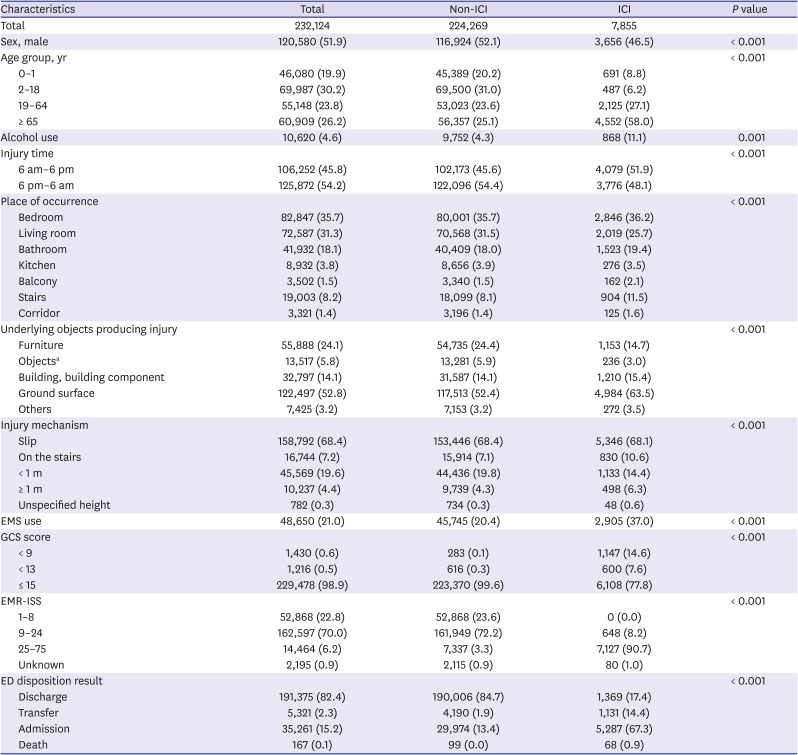
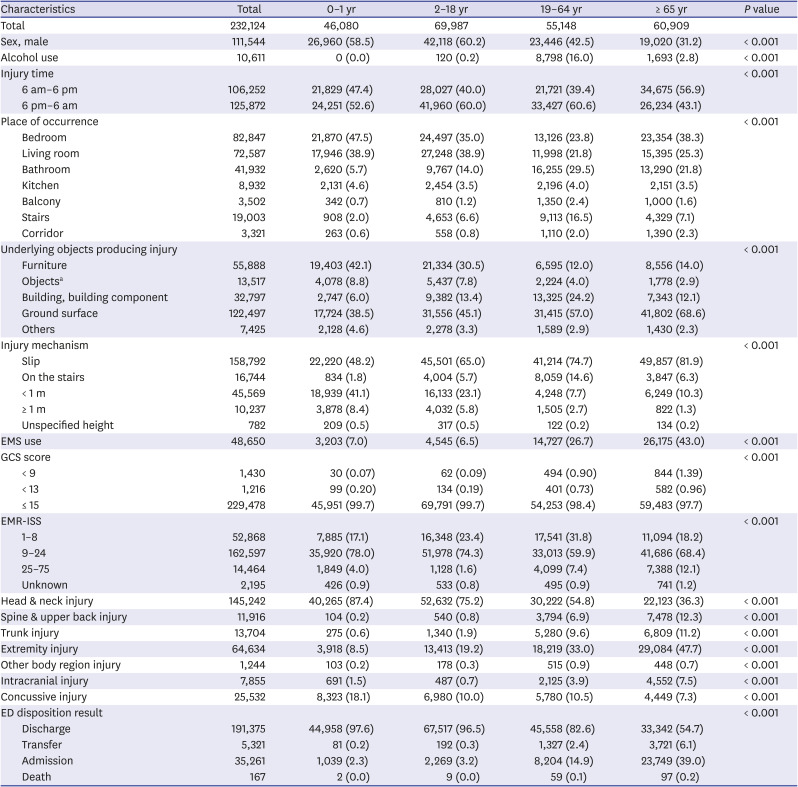
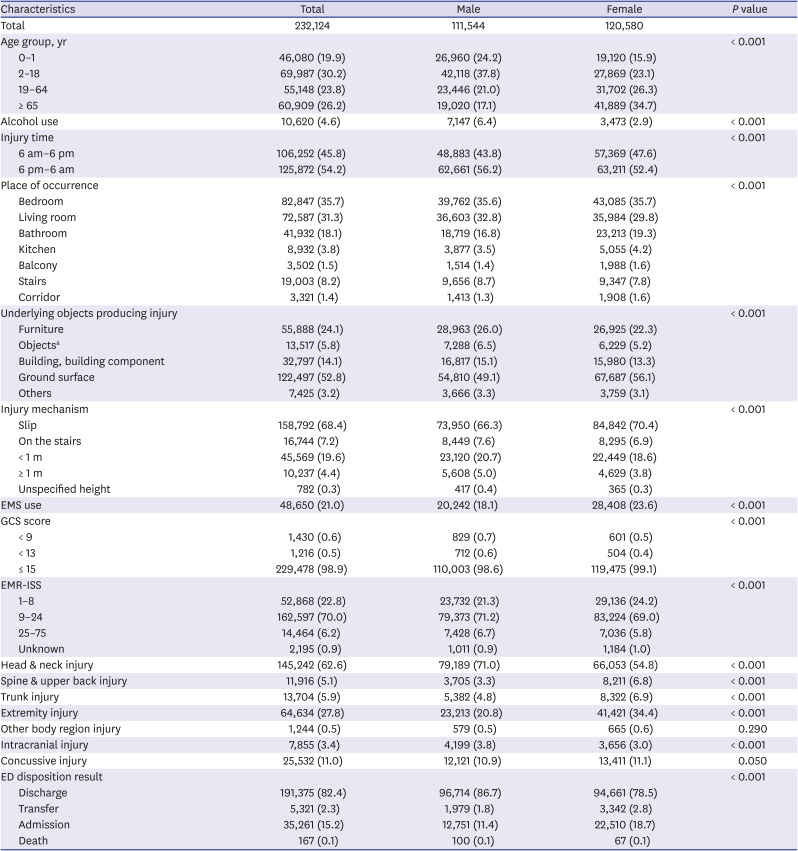
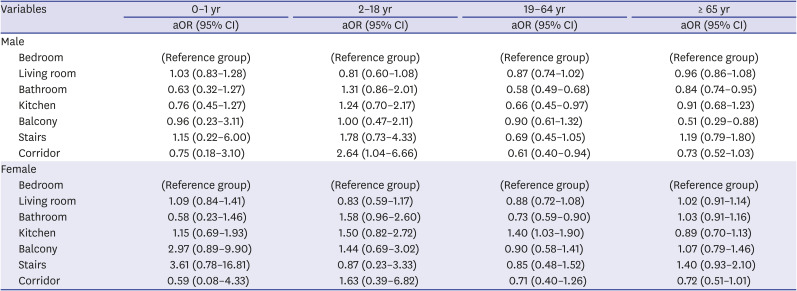




 PDF
PDF Citation
Citation Print
Print



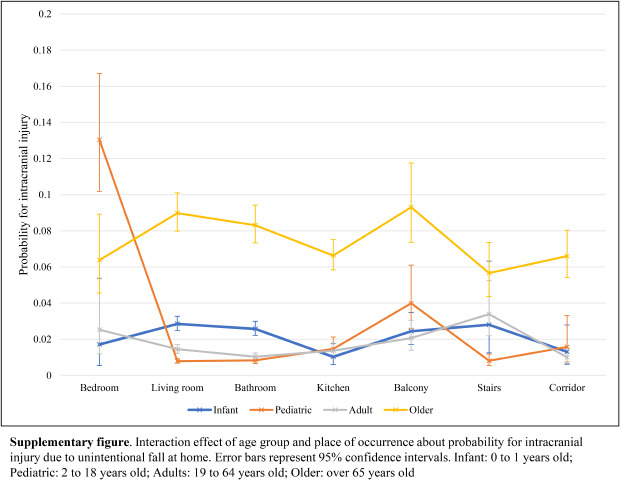
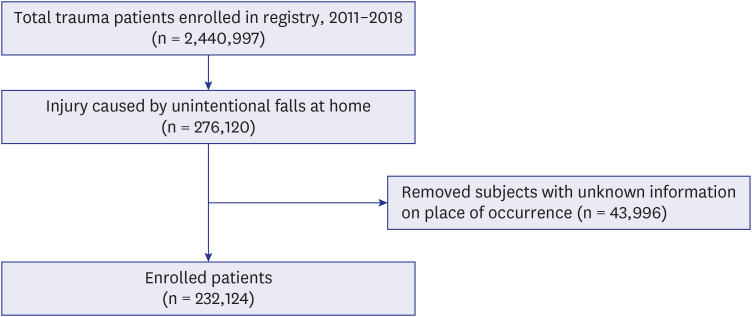
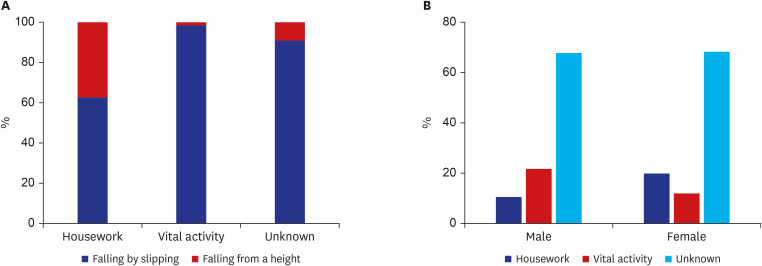
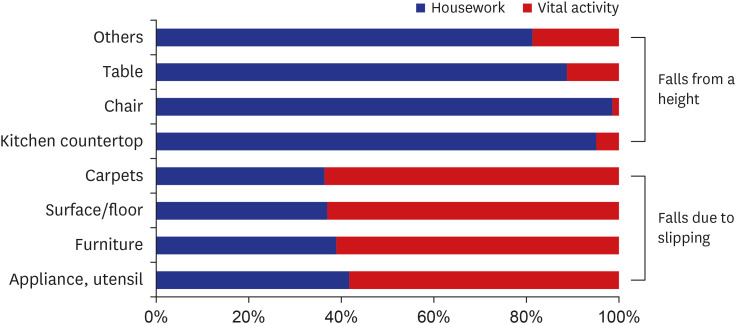
 XML Download
XML Download